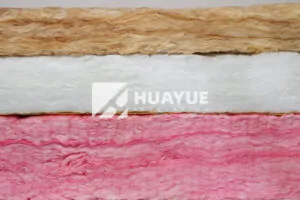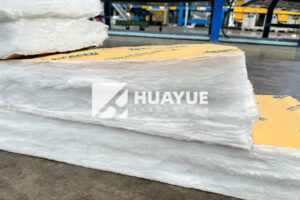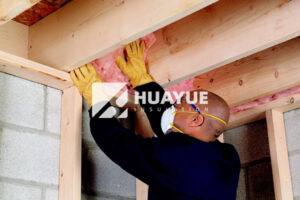Will fiberglass insulation reduce sound?
Noise travels through walls and ceilings, creating distractions and reducing comfort. Many people wonder if insulating their spaces with fiberglass can help keep sound where it belongs.
Yes, fiberglass insulation can reduce sound transmission by absorbing airborne noise within walls, ceilings, and floors, leading to quieter, more comfortable indoor environments.
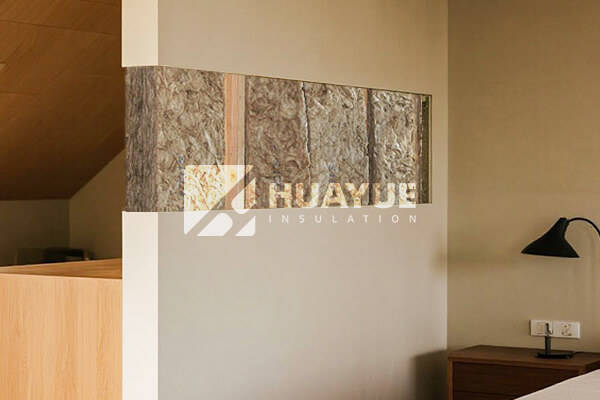
When noise leaks through thin walls or uninsulated ceilings, it breaks your focus and peace. If you need a quieter environment at home or work, keep reading to learn how fiberglass insulation manages sound.
How does fiberglass insulation work for sound control?
Unwanted sounds from outside or adjoining rooms can be frustrating. Many people look for affordable ways to minimize noise without complex construction.
Fiberglass insulation acts as a sound absorber by trapping air and reducing the transfer of airborne noise through structure cavities.
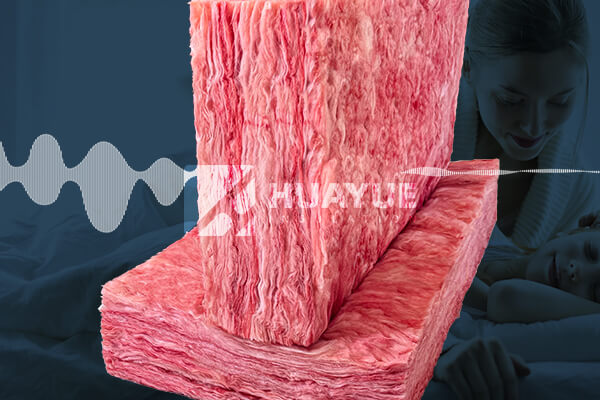
Fiberglass insulation works by slowing down the transmission of sound waves. TFiberglass insulation works by slowing down the transmission of sound waves. The material consists of fine fibers that trap pockets of air. When a sound wave hits these fibers, its energy spreads out and less passes through to the other side. This process is called sound absorption. It is why rooms with fiberglass insulation have less echo and sound does not travel as easily between spaces.he material consists of fine fibers that trap pockets of air. When a sound wave hits these fibers, its energy spreads out and less passes through to the other side. This process is called sound absorption. It is why rooms with fiberglass insulation have less echo and sound does not travel as easily between spaces.
To understand how fiberglass manages sound, see the breakdown below:
| Feature | Effect on Sound | How it Works |
|---|---|---|
| Air Trapping | Absorbs airborne noise | Reduces energy of sound waves |
| Fiber Matrix | Scatters sound waves | Prevents direct sound path |
| Density (kg/m³) | Higher density = better | More mass blocks more sound |
If you want to reduce high-pitched voices or general office noise, fiberglass insulation can help. For low bass sounds, such as heavy machinery, you might need extra sound barriers.
Is all fiberglass insulation equally effective for noise reduction?
People sometimes assume every insulation type blocks sound the same way. That is not true. The effectiveness can vary depending on what you use and where you put it.
Sound absorption depends on thickness, density, and installation quality; higher-density fiberglass batts generally provide better sound dampening.
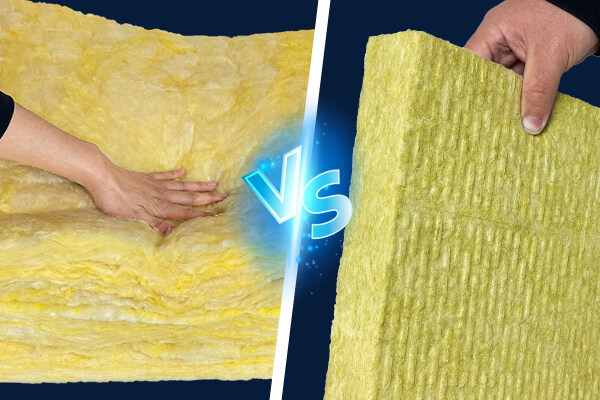
Not all fiberglass insulation is made the same. Thin insulation stops less sound than thick insulation. Denser insulation absorbs and blocks more noise because more mass means fewer holes for sound waves to pass through.
Here is a simple table to compare types:
| Type of Fiberglass Insulation | Typical Thickness (mm) | Typical Density (kg/m³) | Best For |
|---|---|---|---|
| Standard Batts | 50-100 | 10-16 | Interior walls |
| High-Density Batts | 70-120 | 24-32 | Ceilings, party walls |
| Loose-fill | Variable | 8-12 | Attic spaces |
For soundproofing, use insulation rated for acoustic performance if possible. Always install it snugly; any gap lets noise slip through.
Can fiberglass insulation prevent all types of noise?
Even with good insulation, you might still hear some kinds of noise. Many people hope for total silence but find some sounds remain.
Fiberglass insulation works best on airborne noise; it does not block impact or structure-borne sounds like footsteps or banging.
Fiberglass absorbs airborne sounds—voices, music, television—but does not stop vibration-based noises. Sounds from footsteps, dragging chairs, or hammering move through the structure itself. For those, you need resilient channels, soundproof drywall, or mats that separate flooring layers.
| Noise Type | Example | Fiberglass Effectiveness | What Works Best |
|---|---|---|---|
| Airborne | Talking, music | Good | Fiberglass, mineral wool |
| Structure-borne | Footsteps, tools | Poor | Floating floor, barriers |
For performance theaters or recording studios, other materials may be needed. But in most offices or homes, fiberglass does a good job handling everyday sound.
How do I maximize the sound control benefits of fiberglass insulation?
Just stuffing insulation into walls is not always enough. There are ways to get more noise protection from your fiberglass insulation.
Combine fiberglass insulation with careful sealing of gaps and additional soundproofing products for the best noise reduction results.
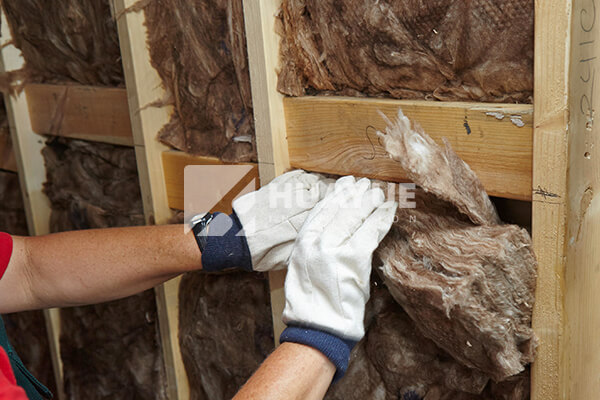
To maximize results, install fiberglass properly so it fills the cavity without compression. Make sure all edges and seams meet tightly. Seal cracks with acoustic caulk. Adding double drywall, decoupled framing, or resilient channels also helps.
For tank insulation, I always focus on proper installation—making sure seams are tight and no air gaps remain. This stops sound from finding a path around the insulation. In my experience, especially in industrial plants, combining good materials with careful attention at installation makes a noticeable difference.
| Step | Why it Matters | Result |
|---|---|---|
| Full cavity fill | Prevents air gaps | Stops sound leaks |
| Acoustic caulk use | Seals gaps at edges | Blocks sound path |
| Layering techniques | Adds mass, breaks direct path | Increases noise reduction |
If you want quiet rooms or tanks, pay close attention to these steps when installing fiberglass insulation.
Conclusion
Fiberglass insulation helps reduce airborne noise, creating quieter spaces if installed well and combined with other soundproofing steps.
You may also be interested in:
Ready to Get Started?
Get in touch with our experts for personalized solutions tailored to your needs.
Get Free QuoteLatest Articles

Eco Batt Insulation: What You Need to Know?
Dec 12, 2025
Let's Work Together
Ready to take your business to the next level? Get in touch with our team of experts and let's discuss how we can help you achieve your goals.
Get Free Solutions
